How to Eat Like a Local in Any Spanish City
It’s not easy to distinguish true old-world charm from tourist traps, or culinary innovation from Instagram fodder. Here's a sure-fire ten-step method to finding fabulous places.
In Spain, so many restaurants clamor to be el sitio de moda (the fashionable place) that even locals can be confused. There’s traditional dishes and cutting-edge fare. Besides every region has its own culinary codes. The real challenge? Finding a place to eat without wasting your patience or cash. Here is where lesser known guides like Repsol o El País Gastro come in handy. And it’s not all about restaurants, it’s not easy to distinguish real food shops from the ones catering for guiris (Spain’s affectionate term for foreigners) while deciphering where are the truly good tapas bars.
1. Make the Market your Km Zero
In larger cities, find a market that has a good balance of food retailers and eateries (too much of the latter and you veer into Disney territory). Madrid has forty six markets, so choose wisely!
Madrid: Mercado de San Antón and Mercado de la Paz offer a good balance. In La Paz admire the posh LV-logo-clad Venezuelans arguing about arepas. Did I tell you Madrid is the new Miami?
Granada: Mercado de San Agustín. If you are into gildas and banderillas, the pickled vendors are mesmerizing. Ask them for recommendations.
Valencia: picture-perfect market. Buy oranges and paella pans.
Oviedo: El Fontán is great for ingredient inspiration (esoteric beans and mountain cheeses) and “iron” architecture, a mix of glass and iron, typical of Asturias.
Santiago: In this touristy city, the market maintains its integrity. Buy fish and seafood at the stall and take to the adjoining restaurant to be cooked. Or grab empanadas to go.
2. Seek out the Repsol Guide’s Soletes
Find the Soletes (or little suns). The Repsol Guide is the Spanish answer to Michelin where Soles are the equivalent of stars. The digital guide’s rating soletes is Spain’s low-key yearly stamp of approval for casual spots local chefs actually love. Unlike the Michelin Bib Gourmand awards, soletes can be any sort of establishment. Think: ice cream parlors, old-school bars, avant garde restaurants, vermuterías, and those tiny places you’d miss otherwise.
The Donde Comer series of El País Gastro is also worth a look, especially the chef ones. Give the architects’ and actors’ recommendations a miss unless you want to end up at the Mandarin Oriental for a very spendy breakfast.
3. Local Bocadillo or Sandwich Ritual
Every Spanish city has that sandwich or mid-morning tradition. In Galicia it’s empanada (see above):
Madrid: Bocadillo de calamares (squid sandwich). You are allowed to order a caña even at 11 am. Bikini Bar for fancy, Hermanos Vinagre more low key.
Valencia: Esmorzaret, the sacred late-morning mega sandwich ritual. This bocata could contain meats, eggs, potatoes, vegetables or cheese. You won’t need lunch afterwards.
Granada: Broad bean and ham sandwich (habas con jamón) in a revered bocata establishment like Aliatar.
Barcelona: the iconic Catalan bikini or a grilled cheese and ham sandwich. Seek out the ones with a twist like the truffle one in Tapas 24.
Castellón: One of the newer bocadillos on the scene, the ximbo is a cross between torrija (one of Spain’s favorite desserts, a french toast of sorts) and a sandwich. It’s filled with tuna, pisto (sauteed vegetables), tomato and pine nuts.
4. Visit a Centenary Bar or Restaurant
Seek out one of those places that’s been serving since your great-grandparents were children. Usually tiled or with gilded mirrors, usually a bit grumpy, it is almost always worth it despite the occasional high prices.
Madrid: home to a large number of restaurants clocking 100+ years. For a fin-de-siècle splurge go to Lhardy. If in doubt of its coolness watch C Tangana’s music video filmed there.
Almería: Casa Puga where centenary meets free tapas.
Avilés (Asturias): Casa Tataguyo where the local specialty is the local bonito tuna in various preparations.
Check online lists or ask a local: "¿Cuál es el bar o restaurante más antiguo por aquí?"
Bonus points if they have a photo of Enrique Iglesia’s Dad, singer Julio Iglesias.
5. Menú del Día Treasure Hunt
Spain’s best-kept secret, this gateway to Spanish home cooking has its origins in the tourism promotion of the 1960s. A proper menu del día should be like eating in a well-heeled friend's parents house and it’s normally only available weekdays.
Starter, main, dessert, drink-prices still make you double-check the math. If they have flan and lentils you are in the right place. Price is around 15€.
They should offer at least three options of each. Coffee is normally not included.
Look for seasonal dishes, international fare or regional specialties tucked into the daily options.
6. Regional Dish Checkpoint
If you really want to channel the true essence and history of a city, dive into their regional dishes. Each city has a plate of pride-find it and eat it where they cook it with care.
Madrid: Callos a la madrileña (tripe) or Cocido a la Madrileña (chickpea stew with blood pudding and chorizo). Expect high prices.
Gijón: Fabada asturiana or Asturian bean stew with meat and chorizo. Watch out for the huge portions served out of soup tureens and accompanied by cider.
Sevilla: Espinacas con garbanzos or spinach with chickpeas.
Segovia: Cochinillo, baked suckling pig. So tender it is cut with a plate.
Valencia and Alicante: rice dishes like paella.
Bonus if you are served cocido in an earthenware pot.
7. International Flavor (Yes, Spain Does This Too)
Explore the city’s international food scene. Spain has one of the largest foreign born populations in Europe. Over the past thirty years, significant Latin American immigration has introduced a rich diversity of cuisines to our cities.
Madrid: Latin American gems-Peruvian is the number one international food in Spain therefore you can find it at all price points. Ample choice of Mexican, Colombian and Venezuelan food.
Peruvian classic El Inti de Oro or modern Tampú.
Santa Cruz de Tenerife: Cuban and Venezuelan.
Granada: Moroccan restaurants and tea houses serving tagines, couscous, mint tea. If you love Alhambra pastiches and earthenware it will be a special treat.
8. If You’re in a Free Tapas City, Cancel Dinner Plans
Granada, Jaén, León, Almería, Salamanca… some cities still honor the free tapa with your drink tradition. This is by far one of the thriftiest ways to eat but it might be hectic with small children or the elderly (you have been warned). A tapas tour with a guide might be worth your money.
Skip the formal restaurants. Tapas bars are your playground, unless you want to hang out with rich Americans.
Rule: one drink, one tapa, move along. Repeat.
9. Begin (or End) with a Bakery Visit or a Cloistered Nun Convent
Aside from Tarta de Santiago, churros and a handful of others, Spanish sweets remain largely unknown outside the country. We do love our sweets, but they come with quirks: an obsession with egg yolks (tocino de cielo, huevo hilado, tarta de San Marcos) a result of excess yolks when wineries used whites for filtering, soft meringues, almonds, and aniseed. Paradoxically, despite our sun-soaked orchards, fruit rarely finds its way into our tarts.
Even more intriguing, Spain is something of a superpower when it comes to cloistered convents, home to one-third of the world’s total. Many of these nuns support themselves by selling handmade sweets and pastries. For a glimpse at this world, admire the online shop De Clausura, which curates products from all over Spain or visit a similar one IRL.
In your chosen city there is always that bakery: it could be old-school or modern and iconoclastic, reinventing classics such as churros and chocolate in cakes like Pepina Pastel in Valencia.
Oviedo: There’s nothing like watching posh ladies at Rialto, home of the moscovita, a wildly popular marcona almond and chocolate confection sold all over Spain.
San Sebastián: Forget Basque cheesecake, try Otaegui’s pantxineta (crispy puff pastry filled with custard and almonds). Pair with patxarán or sloe-flavored liqueur. Notice the white paper with their logo printed in blue (a sign of a pastry shop pedigree).
Granada: Pastelería Ysla, birthplace of the pionono (sponge-cake rolled with caramelised yolk cream) or, for a Spanish version of Moroccan bastilla, go to the classic López-Mesquita.
All over Spain but especially prominent in Andalucia: Every city has a list you can search in google. Type dulces conventuales or convent sweets. Remember to say the greeting “Ave Maria” at the revolving wooden hatch called “el torno” and where you buy your pastries. And yes bringing cash is a good idea.
10. Food shop Pilgrimage
Before you roll yourself home, find the weirdly specific food shop every Spanish city treasures:
A shop that only sells violet candies to blue-haired coiffed grandmothers and sentimental tourists (Madrid’s La Violeta).
A salt cod emporium, where stiff slabs of bacalao hang like laundry (Barcelona’s Bacallaneries or Madrid’s Bacaladerías) or a well-known Jamonería like Joselito’s.
A Madrid shop devoted to saffron both edible and in beauty potions (La Melguiza).
A Madrid shop that sells only sweets and pastries made by nuns and monks (El Jardín del Convento).
A conservas temple stacked to the ceiling with tinned fish that costs more than a fancy hotel. Frinsa is always a good option.
Pro Tip: Make sure you can bring it home as sneaking jamón into places like the USA and Australia is not a good idea.
There you have it a fool-proof method to create your own food tour in any Spanish city.





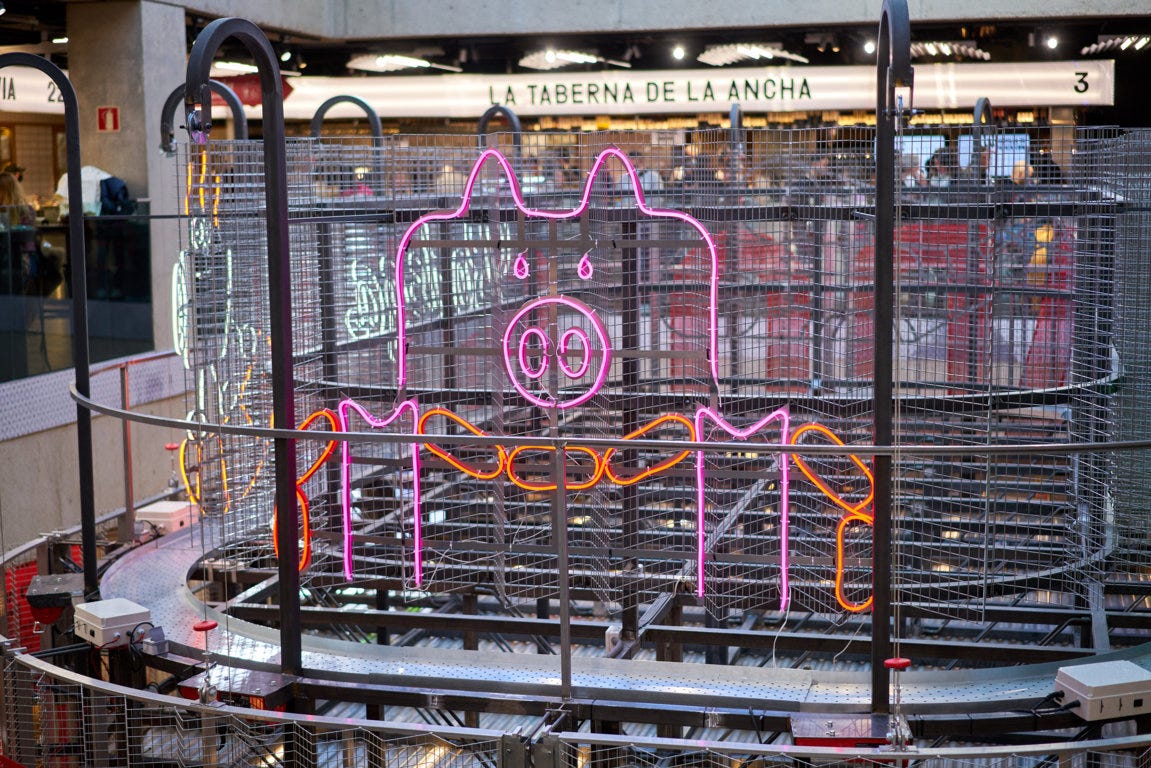
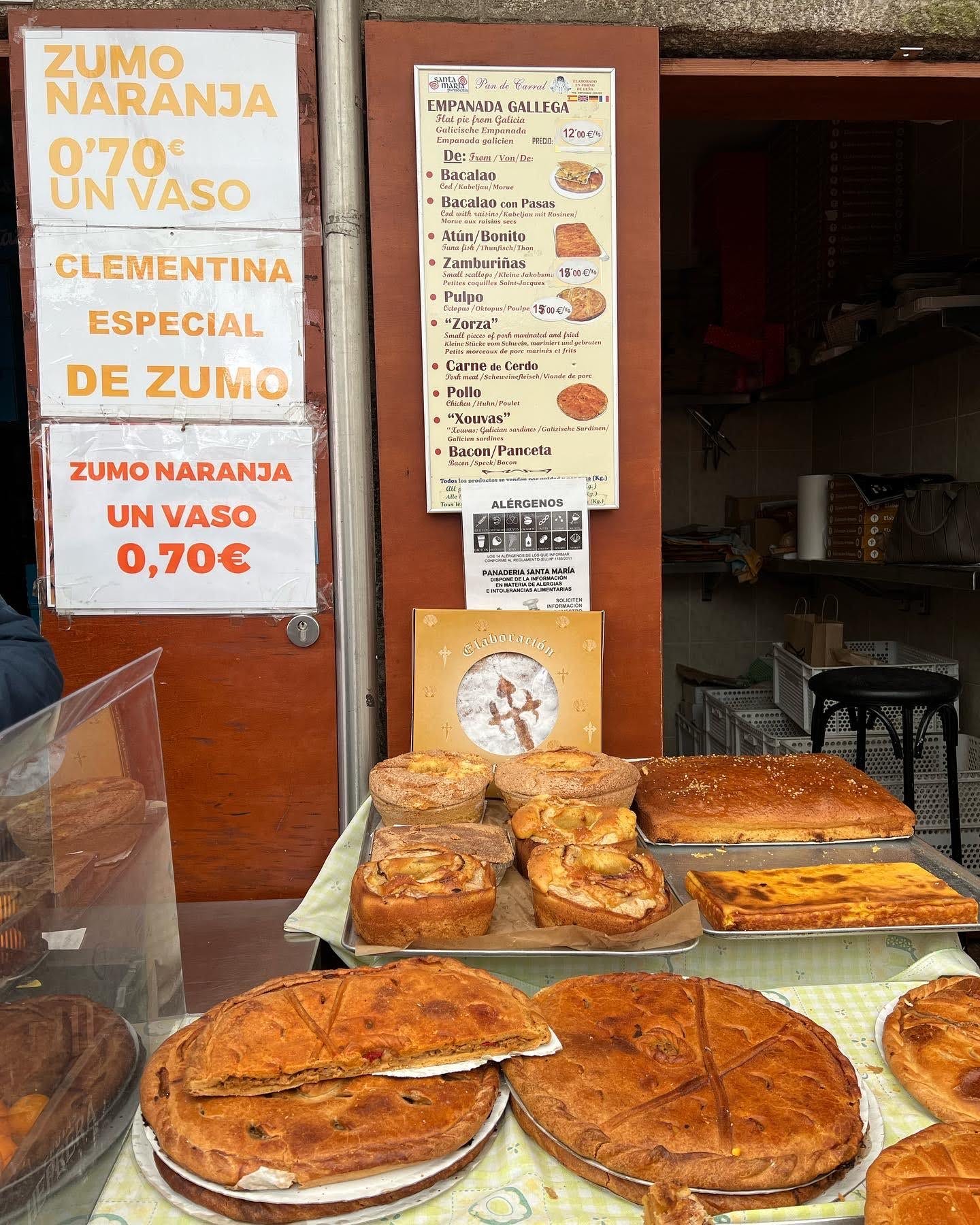
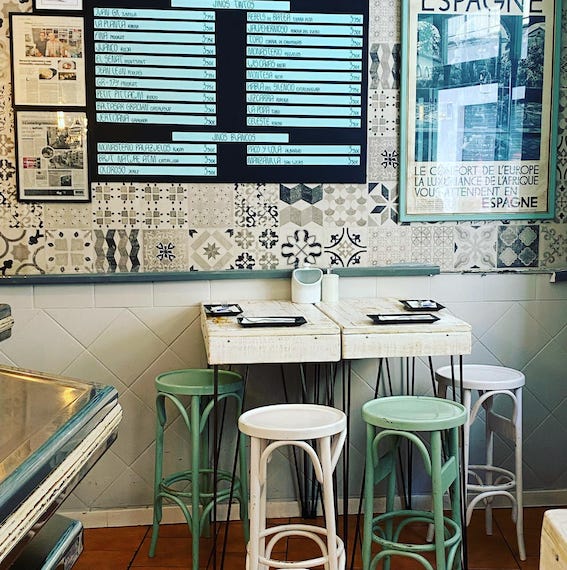
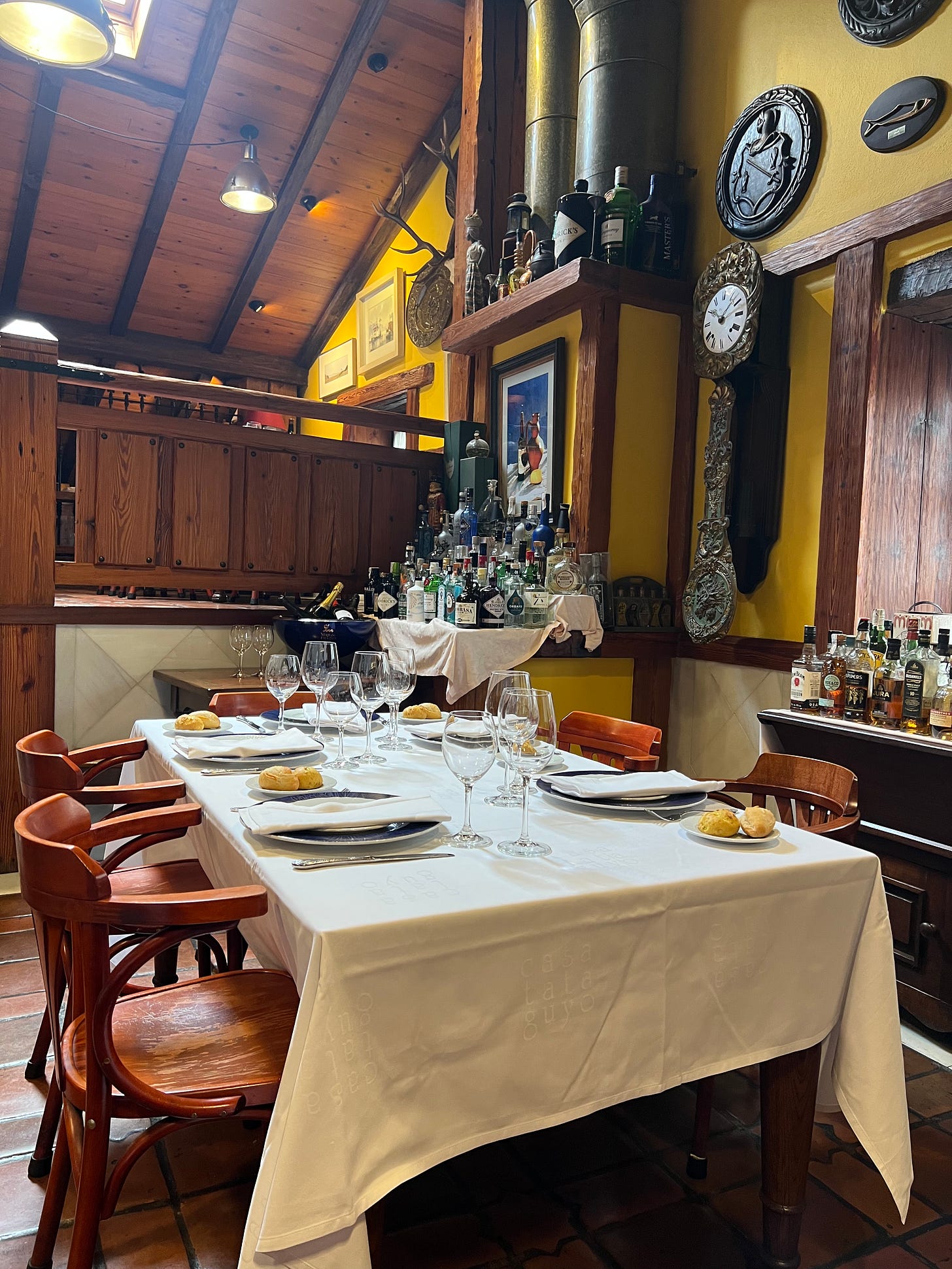
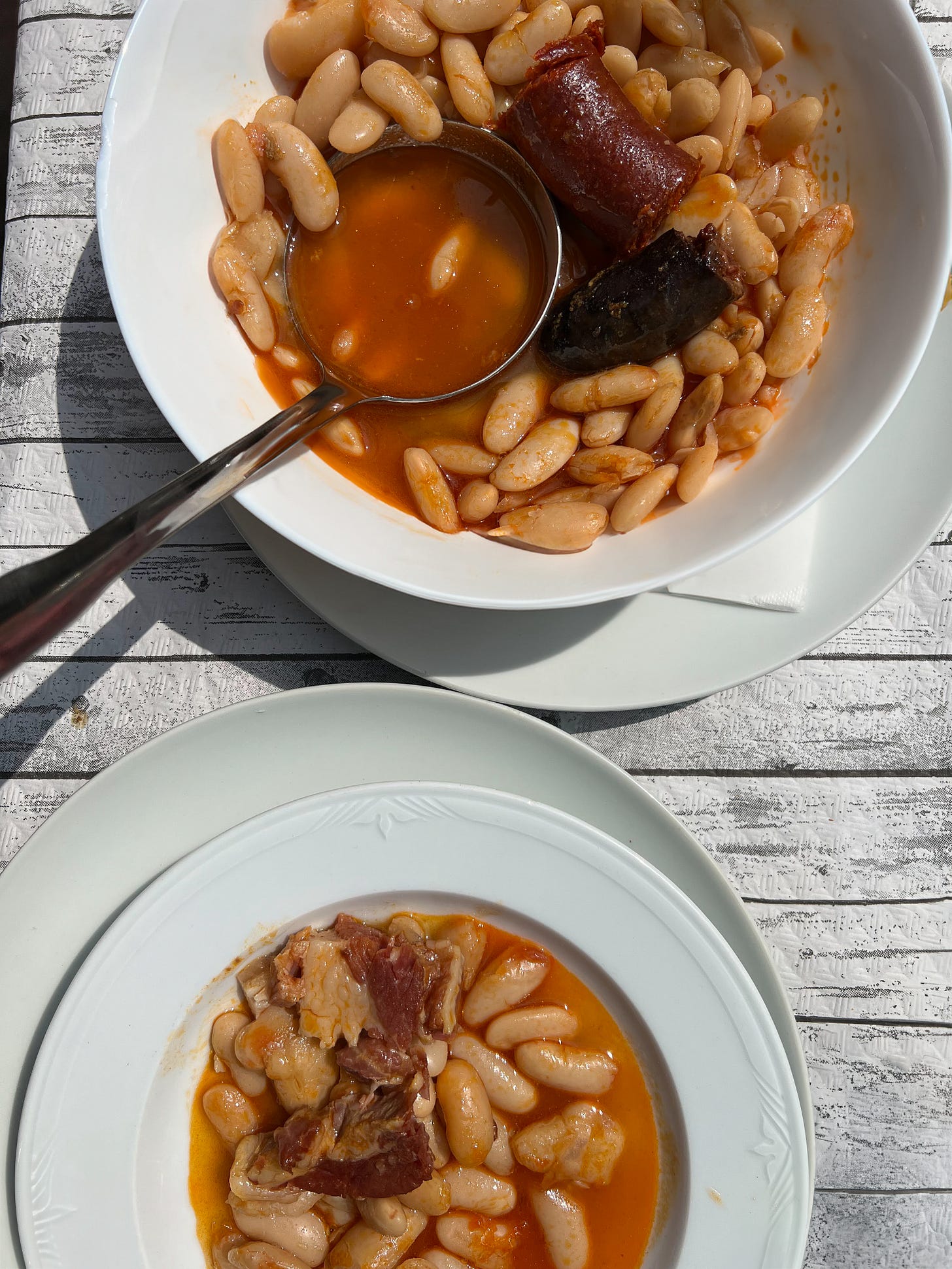
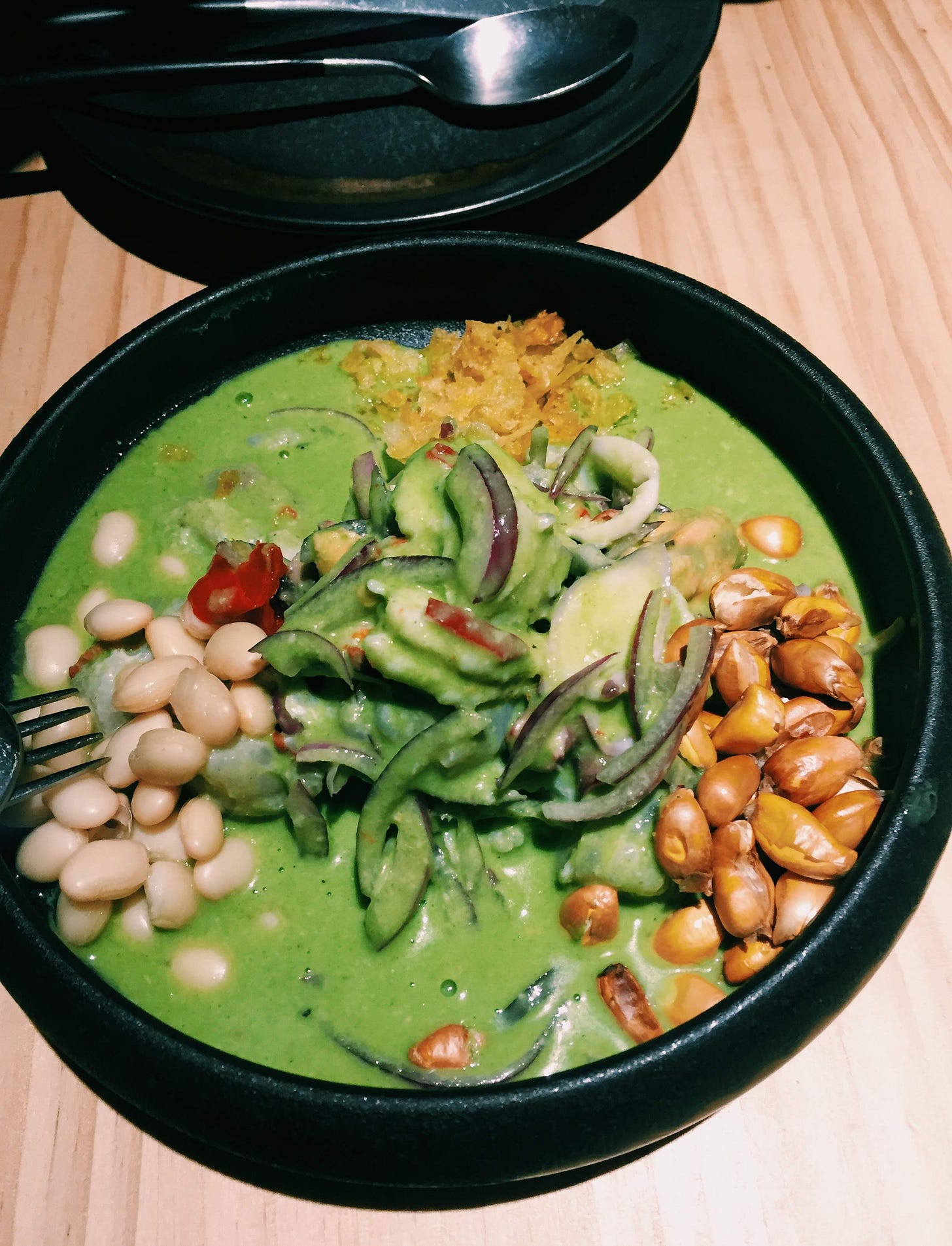
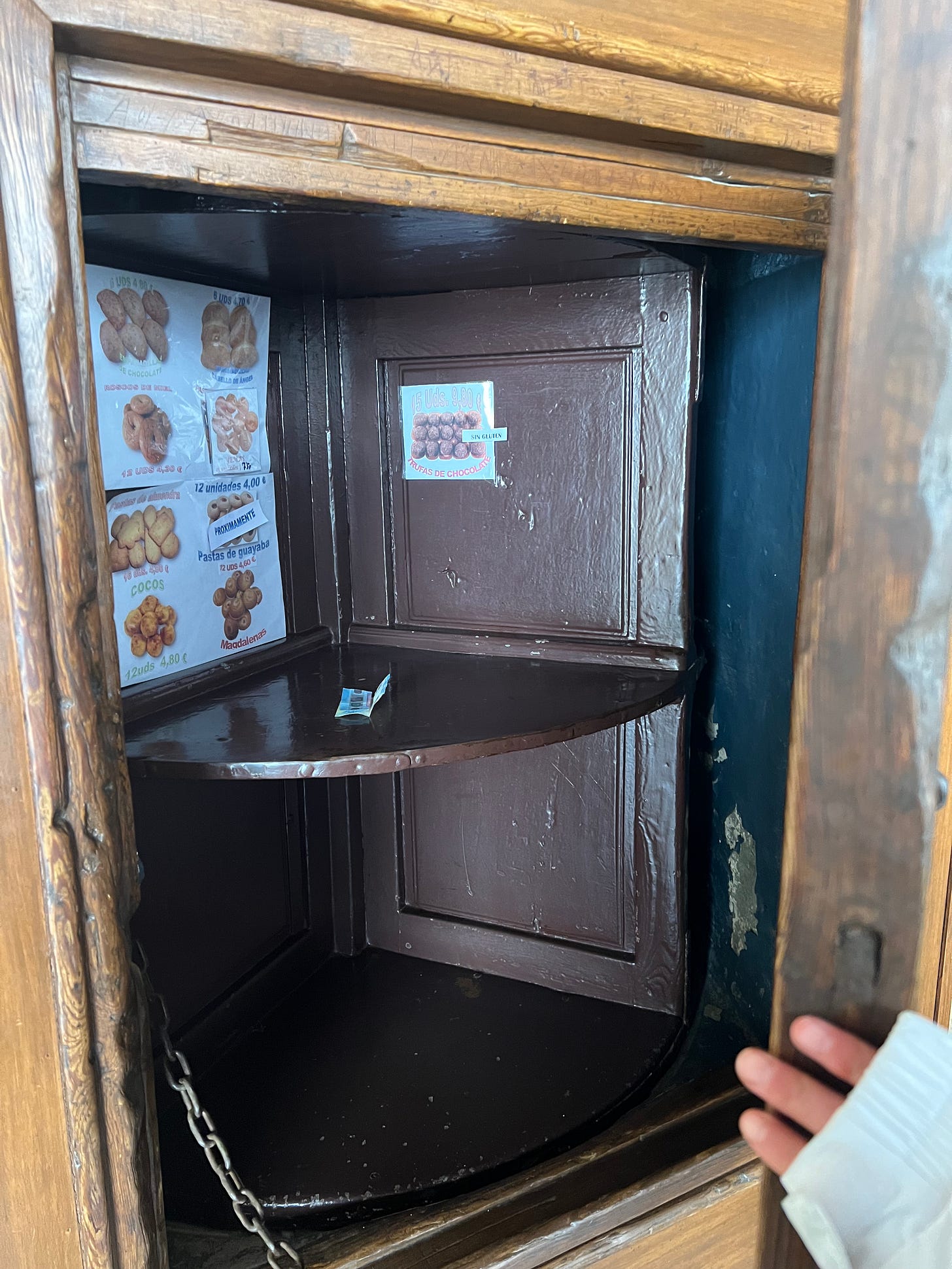
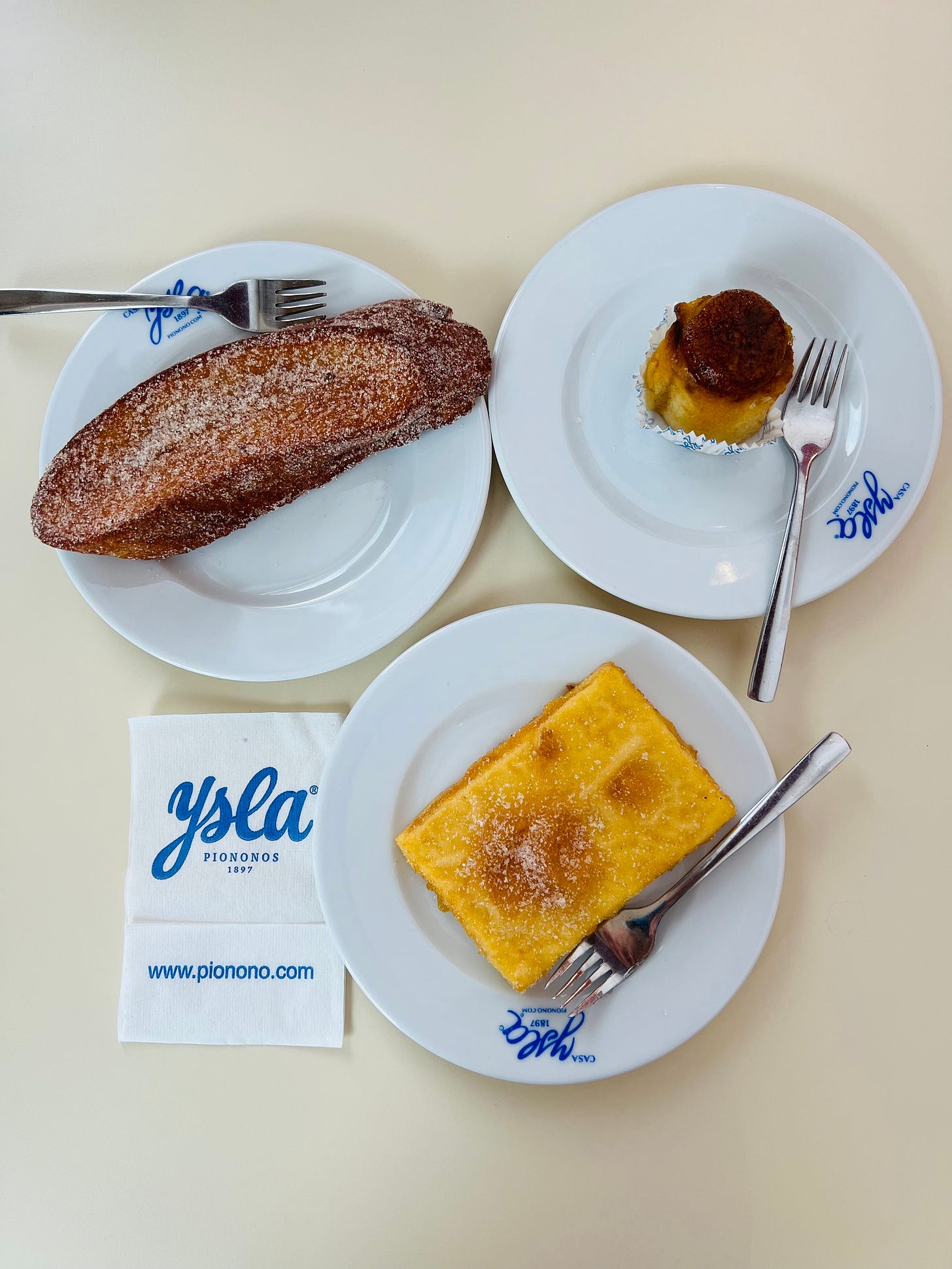
Love this Blanca, I’m off to Cadiz next month, I can’t wait 🥰
My oficial guide for next time in Spain. Can’t wait to search and try all the dulces conventuales!